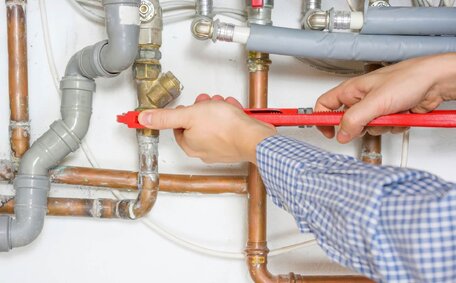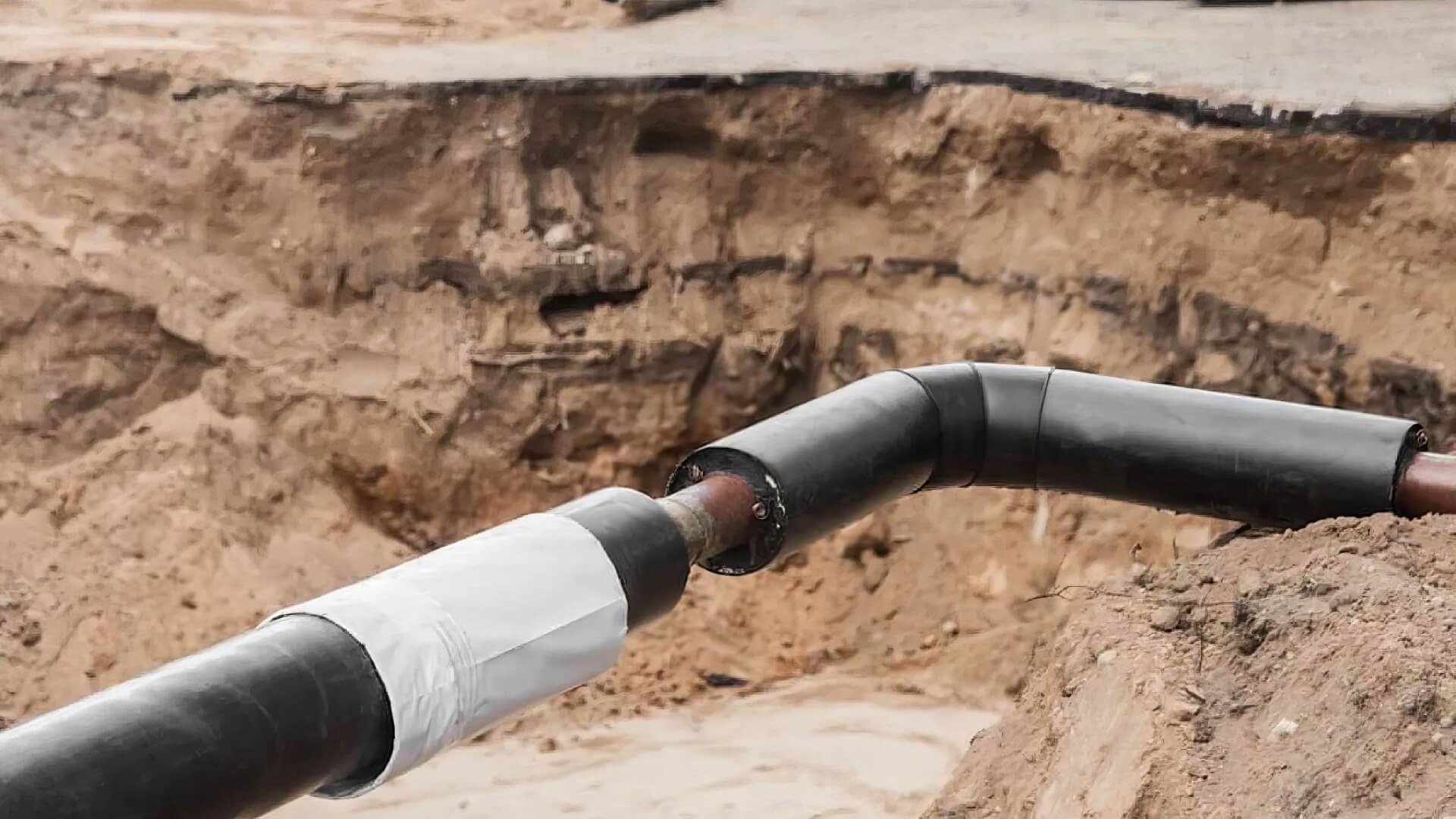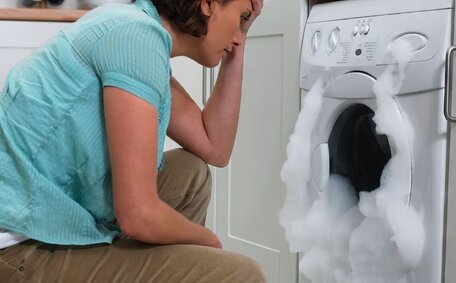
What’s involved in upgrading your gas meter?
Upgrading your gas meter is a simple process completed by qualified technicians. It involves disconnecting your gas supply for 15 minutes to swap the meter. Contact us today for a quote.
Read MoreInstalling insulation around your hot water system and associated pipes can provide numerous benefits. Properly insulating this system reduces unwanted heat loss, allowing your water heater to operate more efficiently. This equates to save energy and reduce costs over time.
Insulating the hot water pipes prevents heat dissipation as hot water travels to taps and showers throughout your home. The water stays hotter for longer, meaning adjustments to your thermostat settings may be possible for additional savings without sacrificing comfort and convenience.
The increased efficiency means your water heater does not need to work as hard to heat the water. This leads to save energy and protect the environment with positive environmental implications from reduced greenhouse gas emissions. At Mortdale Plumbing, we recommend insulating hot water systems wherever viable for maximum efficiency.
Insulation works to reduce heat loss from hot water storage tanks through the process of conduction. Heat transfers from a warmer object to a cooler one when they make contact. Tank insulation acts as a barrier to prevent this heat transfer.
The most effective water heater insulation uses closed-cell foam wraps that fully encase tanks. Installed properly, this insulation can reduce standby heat losses by 25-45%. It traps heat energy inside so less is required to maintain the Temperature within your tank.
Insulating a 400 litre gas storage tank raising the water temperature from 52°C to 55°C could save a 4 person household $61 annually off energy bills. Mortdale Plumbing endorses insulating hot water systems wherever viable.
There are several types of insulation suitable for hot water tanks, each with their own advantages and best uses:
Fibreglass insulation consists of extremely fine glass fibres woven into rolls or batts. It is one of the most common and affordable insulation materials.
Fibreglass effectively slows heat transfer and reduces energy costs. However, it can absorb moisture over time.
Closed-cell polyethylene foam wraps fully seal tanks to maximise efficiency. This type works well for complex shapes and offers long-term durability. Polyethylene is also lightweight and easy to install.
Mineral wool insulation contains strands of glass, stone, or slag fused together by heat. It resists moisture and provides effective conduction blocking. Mineral wool is fire-resistant but requires additional exterior covering.
Extruded polystyrene foam boards provide excellent insulation from moisture and air infiltration. However, polystyrene is combustible and degrades over time when exposed to sunlight.
The most suitable insulation type depends on your water heater type and location. Contact the team at Mortdale Plumbing to determine the right solution for your home.
Installing insulation to insulate your water storage tank is crucial for efficiency, but the process requires care and precision. Always refer to the tank manufacturer’s guidelines and check your local plumbing codes first.
Be sure to turn off power and water supply before beginning. Use appropriate protective gear like gloves and eye protection.
Leave access points uncovered for future maintenance needs on valves or heating elements. Do not cover the thermostat or drain valves.
With proper installation, insulating your hot water storage tank can reduce standby energy losses by 25-45% annually.
For further assistance inspecting or upgrading your hot water system’s insulation, contact our team at Mortdale Plumbing today.
Applying insulation to hot water pipes, known as pipe lagging, is another essential efficiency measure. Insulating pipes reduces heat loss during water transferral from heaters to fixtures. Warm water cools rapidly when piped long distances uninsulated.
By lagging pipes, you can achieve save energy through retained heat energy. One study found insulating hot water pipes alone to decrease heat losses by up to 75%. For an average home this equates to 210 kWh and $100 in annual savings on bills.
Fibreglass, foam sleeves, and lagging tape effectively trap heat. Ensure all accessible pipes are covered, particularly near external walls or in unheated areas like subfloors. Proper installation entails sealing insulation tightly with no gaps.
At Mortdale Plumbing, we strongly advise lagging hot water pipes to complement insulating storage tanks. Combined, these measures significantly curb waste for optimal efficiency and save energy.
When selecting materials for pipe lagging, the optimal choice involves weighing factors like efficiency, durability, and pricing.
Closed-Cell Foam Sleeves offer exceptional efficiency blocking heat transfer even when pipes are close together. The moulded sleeves fit tightly with minimal air pockets. However, rigid foam can crack over time.
Fibreglass Insulation effectively traps heat at an affordable price point. Wrap fibreglass batting around pipes sealing joints with aluminium tape to protect from moisture. Choose nominally faced options as exposed fibreglass can cause skin irritation.
Lagging Tape gives a quick, easy solution for insulating straight pipe runs. Ensure complete coverage winding overlapping layers of tape and test for gaps. Tape insulation tends to degrade faster than other options.
Prioritise lagging exposed pipes first as they lose the most heat. Insulate any piping stretching long distances to fixtures. For inaccessible piping inside walls, encapsulate with injection-foam during renovations.
The team at Mortdale Plumbing can advise on the optimal lagging materials for your unique home setup. Proper insulation coupled with an efficient water heater allows for energy savings.
With proper materials, to insulate your hot water pipes is a manageable DIY project. Always exercise safety precautions before attempting any plumbing task.
Follow these instructions when installing pipe insulation:
Avoid insulating flex connectors or valves requiring maintenance access. For difficult to insulate pipes, consider professional assistance. Proper insulation traps heat for energy savings.
While a DIY approach seems tempting for installing hot water system insulation, complex piping scenarios often warrant hiring professional services.
The experienced team at Mortdale Plumbing specialises in hot water insulation application for residential and commercial sites throughout the Sydney area. Our licenced, insured tradesmen undergo continual training on insulation best practises.
Utilising our professional insulation services offers numerous advantages:
While DIY insulation seems cheap upfront, imperfect installation can undermine potential to save energy from reduced waste over time. Our experts get the job done right the first time.
Bringing in the professionals at Mortdale Plumbing for your hot water insulation needs makes good sense both logically and financially. We strive to deliver optimum efficiency tailored to each unique home setup.
Contact our friendly team today to schedule an appointment! Discover how proper insulation can help reduce your save energy and reduce costs.
Installing insulation around your hot water system allows the unit to operate more efficiently. However, additional savings can be achieved by optimising the temperature settings on your water heater.
When a storage tank is properly insulated, heat loss is reduced significantly. This means the water retains more heat energy, increasing the temperature inside the tank.
An uninsulated 400 litre system may only reach 52°C. An uninsulated 400 litre system may only reach 52°C.
The hotter water now reaching your fixtures allows for lowering the thermostat setting while maintaining comfort. But resist the urge to simply turn the dial lower. Follow proper methods to determine the most efficient temperature.
Start by turning down the thermostat 5°C and evaluating water temperature at taps after 24 hours. If still sufficiently hot for your needs, lower it another 2-3°C incrementally, testing again before further reducing.
Keep lowering the setting gradually until heat satisfaction drops off. Then turn back up slightly until finding the sweet spot of save energy while maintaining comfort.
Insulated electric systems may only need 40-50°C for residential use. Gas storage tanks can often run efficiently at 50-60°C range. Document your new ideal thermostat setting.
Get professional assistance from Mortdale Plumbing if unsure about adjusting hot water system controls. Proper insulation and settings optimises efficiency.
Properly positioning your hot water system can make a big difference in efficiency by reducing unnecessary heat loss. As leading plumbers in Sydney, the team at Mortdale Plumbing provides guidance on ideal setups for local conditions.
Consider the following when situating water heaters:
Our subtropical climate means ambient air temperatures do not severely drop in winter. However, coastal conditions create temperature instability even during warmer months.
Position tanks away from moist sea winds and consider enclosing outdoor units. Insulate any visible pipes to curb conductive heat loss.
Strategic hot water system placement goes hand-in-hand with insulation for energy efficiency. Trust Mortdale Plumbing’s expertise tailored to Sydney’s climate.
Upgrading your gas meter is a simple process completed by qualified technicians. It involves disconnecting your gas supply for 15 minutes to swap the meter. Contact us today for a quote.
Read MoreWe use only the most durable, long-lasting and eco-friendly pipe relining materials such as PVC and epoxy resin to repair pipes without excavation.
Read MoreChemical drain cleaners contain toxic chemicals like sulfuric acid and sodium hydroxide that can damage pipes, disrupt septic systems, and harm humans if inhaled or make contact with skin. Avoid chemical drain cleaners and call Mortdale Plumbing at [phone] for safe, eco-friendly drain cleaning.
Read MoreMortdale, 2223 NSW
We will call back as soon as possible.




